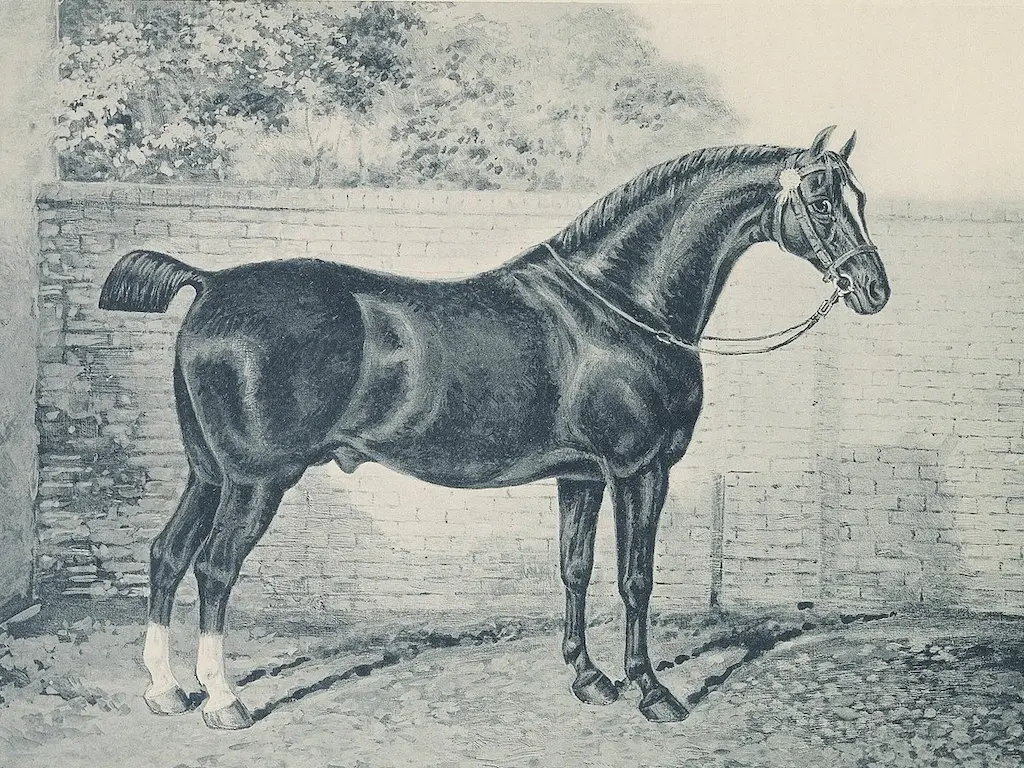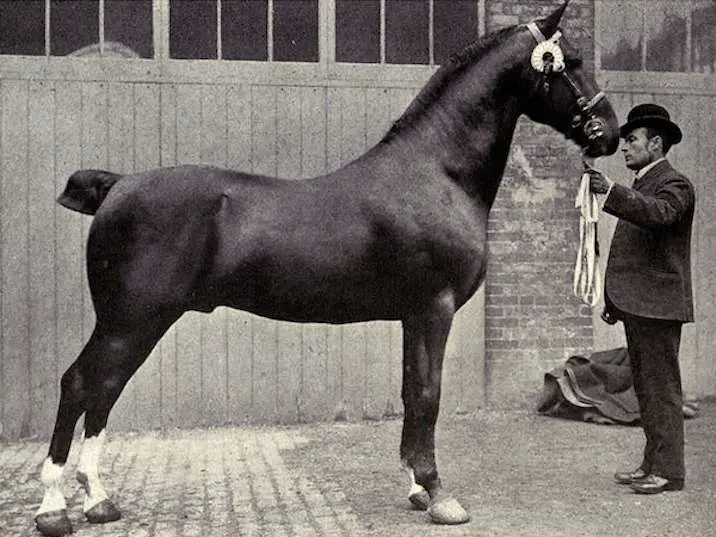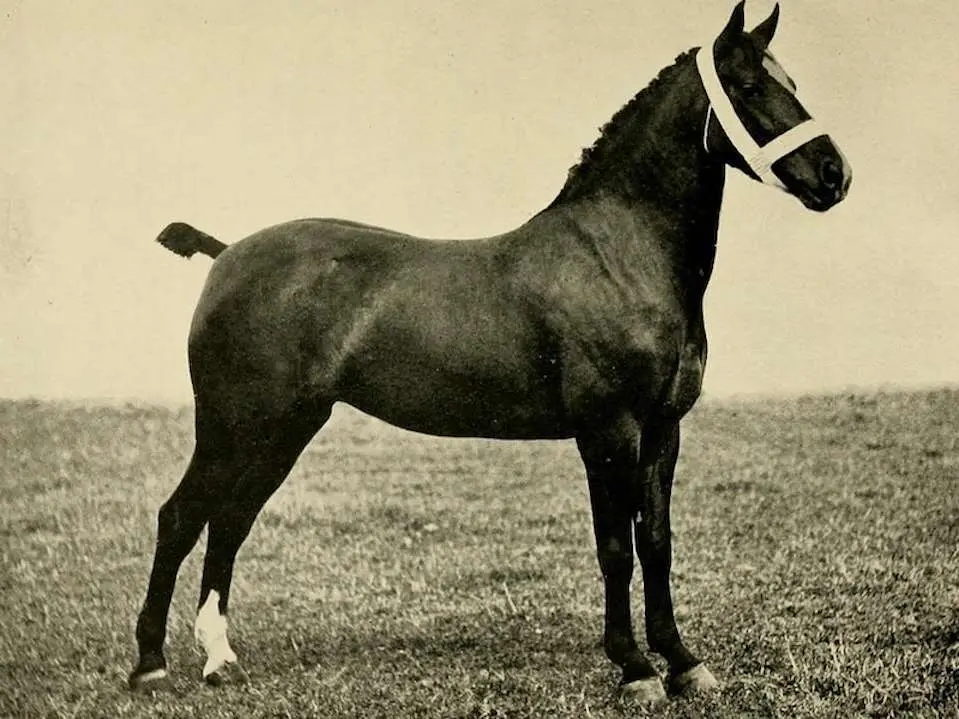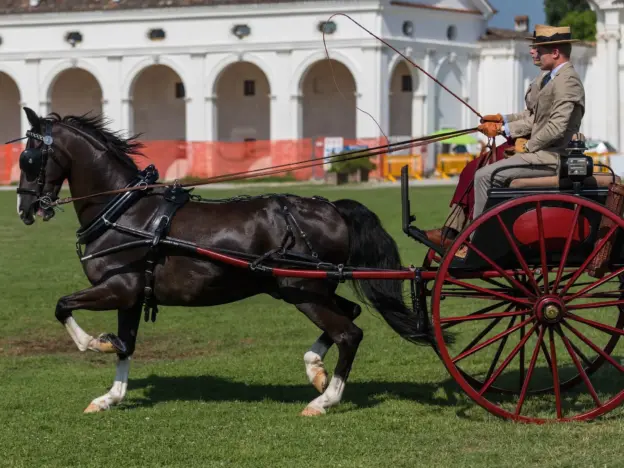Intro
England has a long history of trotting animals and the tradition is thought to go back to the Middle Ages. For many years two types of trotters came from the areas of East Anglis and the East Riding of Yorkshire, the Norfolk Trotter and the Yorkshire Hackneys.
Origins
The Hackney Horse comes from England (it’s around the same age as the English Thoroughbred) and there are two distinct types as mentioned above. Their origins are highly disputed, but thought to have Thoroughbred and perhaps Danish coach horse blood.
Of the two types, Yorkshire Hackneys were known to be a more refined almost riding type, while the Norfolk Trotter was more of a robust carriage horse. Both of these types were used in transportation and became an essential element of daily life, call them the taxi’s of pre-car days. However in the 19th century the advent of railways put many of them out of a job.
After the decline in demand, the Hackney’s flashy movement earned them a place in the show ring, while the heavier, less attractive Norfolk branch was left to die out. In 1833 the Hackney studbook was established.
World War II was difficult on the breed as there was no market for high stepping show horses. However not long after the war was over a market for them reemerged. The modern day Hackney horse is a harness horse and does most of its work in the show ring.
According to DAD-IS they are at risk and as of 2021 there were only 44 left. The Equus Survival Trust lists them as critical with an estimated global population of less than 3000.
Features
Average height 14 – 15.3 hands
Distinctive showy action
Physique
Small head with a small muzzle and sometimes slightly convex profile
Eyes are large and expressive
Ears are small
Neck is long, arched and upright
Shoulders are powerful and sloping
Body is compact
Legs are medium in length with large, strong joints
Feet have a reputation for soundness
Traditional Colors
Temperament
Spirited and bold
Easygoing and true
Use
Harness horse
Show horse
Helpful Links
* all links open in a new window
Hackney Horse Society
Southeastern Hackney Society
American Hackney Horse Society
Canadian Hackney Society
More Images



